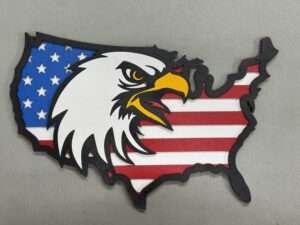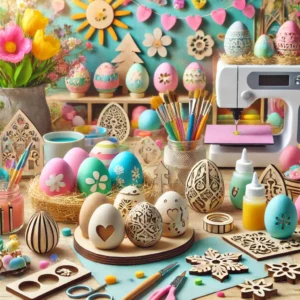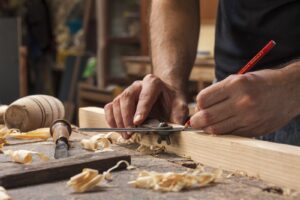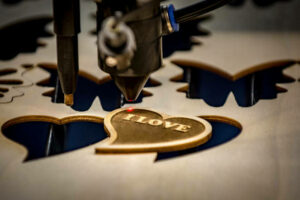
Celebrate Independence Day with Pride and Craftsmanship
As we gather to celebrate the 4th of July, let us remember what makes our country so special: freedom, unity,

As we gather to celebrate the 4th of July, let us remember what makes our country so special: freedom, unity,

Graduation is more than just a ceremony — it’s a celebration of hard work, late nights, big dreams, and even bigger accomplishments. Make your grad’s big day unforgettable with our custom Graduation Centerpiece Sign, designed to honor this special milestone with a bold splash of color and personal flair.

Spring is in the air, and Easter is just around the corner! It’s the perfect time to combine the joy of the season with hands-on creativity. At Delmarva Makerspace, we believe in bringing the community together through making, learning, and sharing, and what better way to celebrate than with some fun Easter-inspired projects?

Looking for a unique and heartfelt gift this Valentine’s Day? Forget the typical chocolates and flowers – show your love with something truly one-of-a-kind! At Delmarva Makerspace, we have the tools, expertise, and creativity to help you create custom gifts that leave a lasting impression.

At Delmarva Makerspace, we believe in the power of knowledge sharing and hands-on learning. If you’re passionate about teaching and

At Delmarva Makerspace, we’re always excited to meet fellow makers and innovators, but when Santa Claus himself walked through our

As we become more aware of the environmental and economic costs of our “throwaway” culture, a new movement is gaining

In an era where generations can feel worlds apart, makerspaces offer a unique space for people of all ages to come together, share skills, and create something meaningful. At Delmarva Makerspace, young makers learn traditional crafts from seasoned experts, while older members discover new tech skills from the digital generation. These intergenerational connections build a supportive community that values collaboration, mentorship, and lifelong learning. Join us and experience the joy of bridging generations through the art of making.

Welcome the Fall Season at Delmarva Makerspace! As the leaves begin to change and the air turns crisp, there’s no

How Makerspaces Fulfill the Need for “Third Places” for Makers and Creators In today’s fast-paced world, people are constantly juggling